Learn Italian Food Words: How To Order At Italian Restaurants and Cafés
A key part of Italian culture and the reason why people A key part of Italian culture and the interest it holds for foreigners is Italian food, so learning Italian food words and how to order in Italian restaurants and cafés will help your Italian language learning.
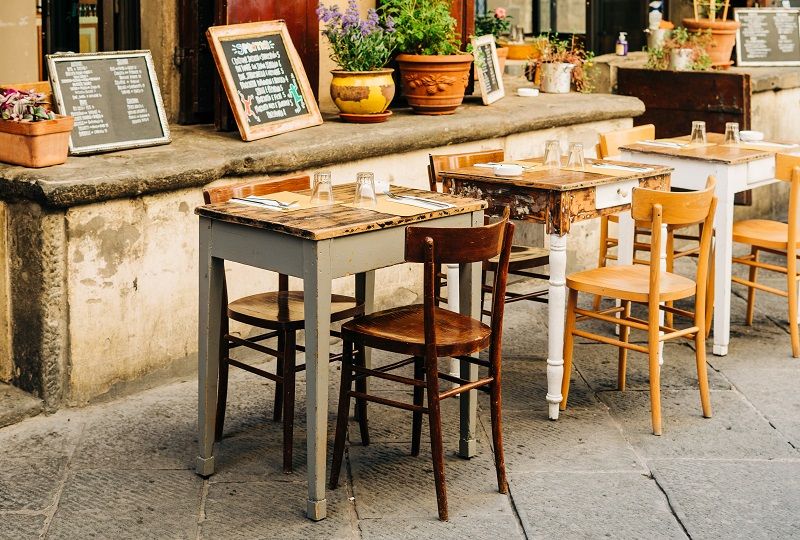
An important aspect of learning a language is learning the vocab you need to speak it on an everyday basis. A key part of Italian culture and the interest it holds for foreigners is Italian food, so learning Italian food words and how to order in Italian restaurants and cafés will help your Italian language learning. This article will teach you Italian food words and how to order food in Italian.
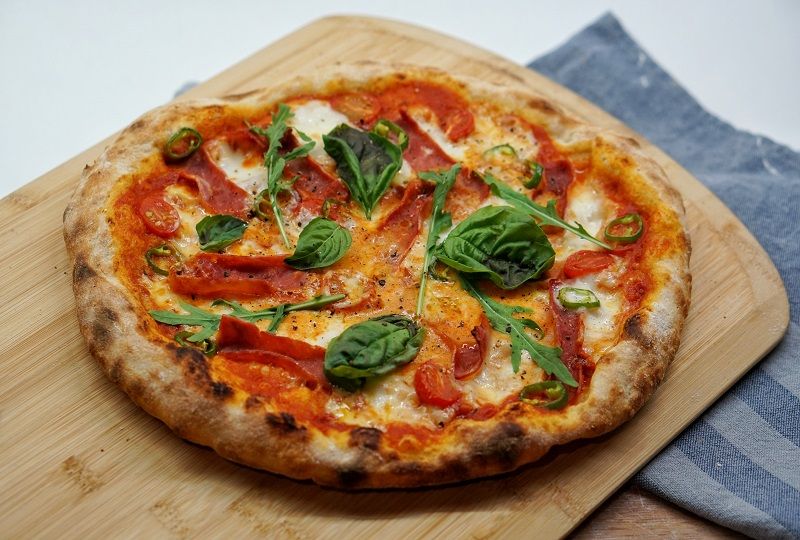
Basic Italian Food Words
There are many useful basic Italian food words that you should learn, words that will come up all over Italy. Here are a few:
Gelato ("ice-cream")
Gelato is the Italian word for "ice-cream", though anyone who has had gelato will know that it is nothing like American or English ice-cream. If you’re like me, you’ll probably find yourself spending a lot of time eating gelato when you go to Italy.
This means you need to know gelato flavours. Italian, unlike English, can’t use nouns as adjectives, so we need to say “gelato with chocolate” (gelato al cioccolato) instead of “chocolate gelato” (gelato cioccolato).
Here are some common gelato flavours:
- al cioccolato-"chocolate”
- al pistacchio-“pistachio”
- alla nocciola-“hazelnut”
- al limone-“lemon”
- stracciatella-“chocolate chip”
- alla fragola-“strawberry”
- alla vaniglia-“vanilla”
Taglio/fetta/pezzo ("slice")
Pezzo is the word most Italian language learners learn for "slice" or "piece" but taglio is more accurate when ordering a slice of pizza and fetta more accurate for a piece of cake.
Coperto ("table charge")
If you sit down at the bar or order anything at a restaurant, you’ll probably be charged a coperto, a "table charge" or "cover charge".
Conto ("bill")
The conto is the bill. You can usually pay this by credit card (carta di credito) or cash (contanti).
Grazie/prego ("thank you"/"you’re welcome")
Whatever country you’re eating in (including Italy), you need to know the basics like thank you. If you particularly liked your food, you can even say grazie mille (“a thousand thanks”) or grazie tante (“many thanks”). Grazie is often answered by prego (“you’re welcome”). Per favore, "please", will also be appreciated, though you can also use the conditional if you want to be polite.
Sono allergico/a a… ("I am allergic to...")
It is very useful to be able say you’re allergic to something in Italian. Some common allergens are:
- le noci-“nuts”
- le ova-“eggs”
- le latticine-“dairy”
- il glutine-“gluten”
Common Italian Food
Here are some of the most common foods that you are likely to find at an Italian restaurant or café:
- la bistecca-"steak"
- l'agnello-"lamb"
- il manzo-"beef"
- il maiale-"pork"
- il pesce-"fish"
- il pollo-"chicken"
- il pane-"bread"
- il minestra-"soup"
- il pomodoro-"tomato"
- la melanzana-"eggplant"
- il formaggio-"cheese"
- il parmagiano-"parmesan cheese"
- il menu-"menu"
- il vino-"wine"
- la birra-"beer"
- la limonata-"lemonade"
This list is worth memorising and can easily be added to by glancing at an Italian cookbook or a few trips to an Italian restaurant or café.
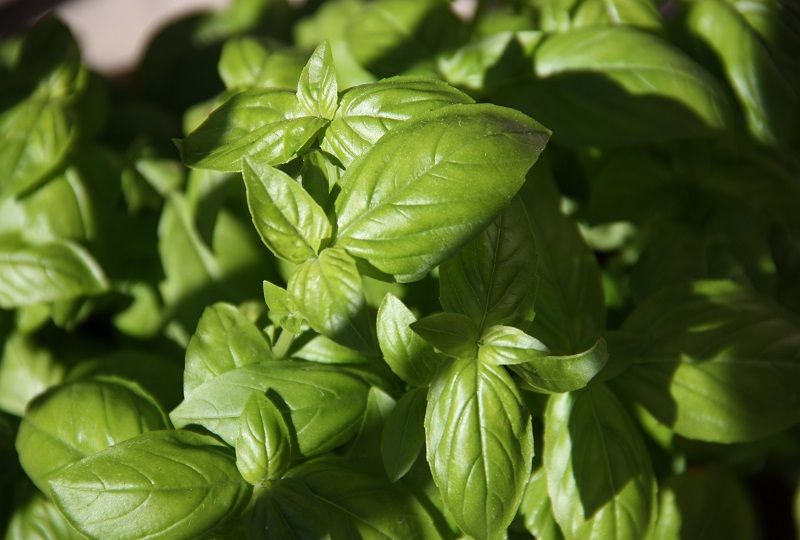
Italian Food Ingredients
So far we've mostly talked about ingredients that you could find anywhere, not just in Italy. But, of course, there are ingredients that make Italy and Italian food unique:
Pesto:
Everyone has heard of pesto, which is a mixture of basil, parmesan cheese and pine-nuts. But pesto is an important ingredient in Italian food, not just for pasta, but in soups as well. The word pesto comes from the verb pestare, "to pound", referring to how the pine-nuts and basil had to be ground by hand to mkae the sauce.
Porcini ("boletus mushrooms"):
Il porcino, or the boletus mushroom, is a delicious mushroom native to the north of Italy and is a favourite ingredient in dishes like risotto.
Tartufi ("truffles")
Another famous Italian mushroom is the truffle (tartufo). Of course, truffles are found other places in the world but truffles are a important part of the cuisine of Tuscany and Piedmont. The Tuber magnatum pico in Piedmont is especially highly prized.
Prosciutto ("Italian ham"):
Prosciutto, which is translated as ham, is quite different from English ham as it is dry-cured and uncooked. Prosciutto has a distinctive taste and many types of prosciutto have gained protected status.
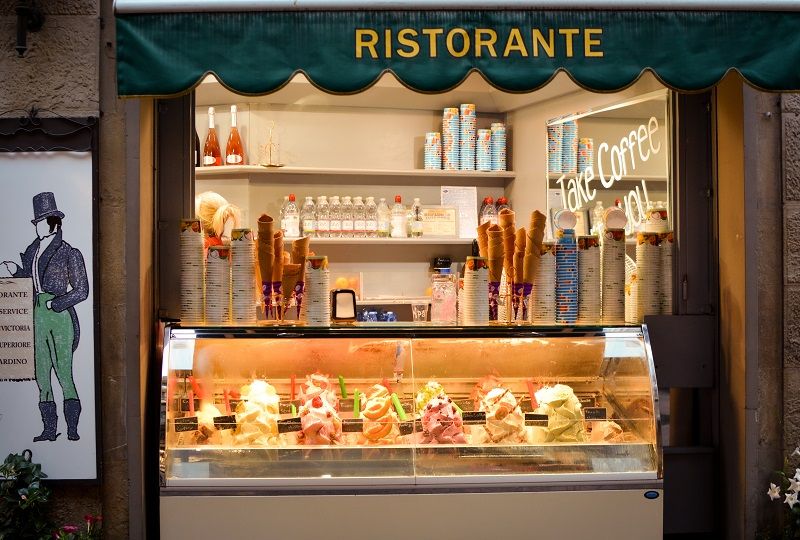
Al Bar ("At the café")
The Italian bar is not somewhere you primarily buy alcholic beverages, but closer to a café. You can order at the bar or at the table, though that comes with a table charge. Some common things you might order at the bar might include:
Un caffè ("coffee")
Un caffè, a coffee, in Italy is a short black. If you want a coffee with milk, you can order a cappucino, though that is not ordered after lunch. Latte is not the Italian word for coffee but milk.
Un cornetto ("croissant")
The cornetto is a popular breakfast or morning-tea food, that Italians eat with coffee.
Un dolce: ("a sweet thing")
Dolce means sweet in Italian. Un dolce is a sweet, which could be anything from a cake (torta) to a pastry.
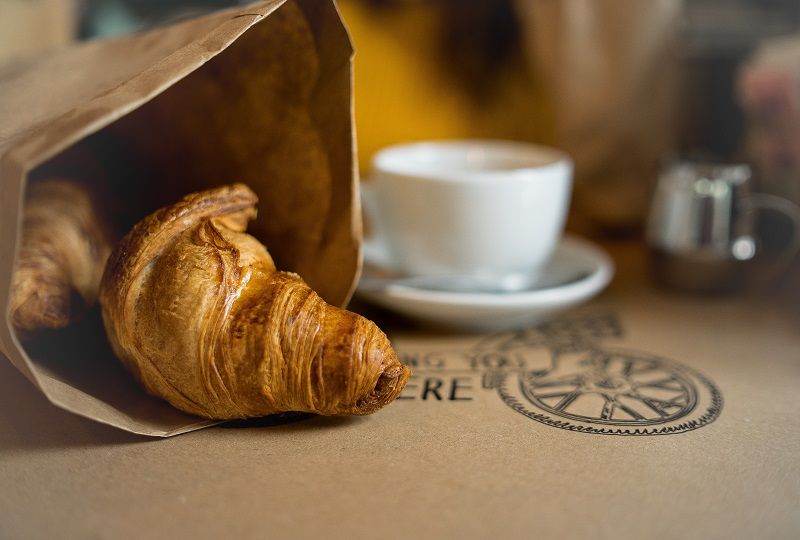
Al Ristorante ("At the restaurant")
Ristorante is the common translation for restaurant in Italian, but ristorante in fact denotes a relatively up-scale restaurant. A slightly less expensive alternative is the trattoria, followed by the tavola calda (“hot table”), which is similar to a takeaway shop.
The food available in Italian restaurants differs according to region and is divided between
several courses (piatti), some of which do not have English equivalents:
L'antipasto ("starter"):
The antipasto (from the Latin anti-, "before", and pasto, "meal") is a starter. Common antipasti include grilled bread, which is called bruschetta or crostini.
Il primo ("first course"):
The primo, "first course", is usually pasta, though not always. In fact, there are many different options for il primo:
-
Pasta:
Pasta is the most popular first course in Italy, but what pasta dish you will be eating depends on where you are in Italy. For example, maccheroni with meat sauce is common in Sicily and Napoli, but gnocchi, a type of pasta made from potato, is popular in Rome and central Italy. -
Minestra/zuppa:
Soup, known as minestra, or if it is very thick zuppa, is another common primo. Many Italian soups, such as panezella or acquacotta (literally, "cooked water") are based around stale bread, as it was considered impious in antiquity to throw away old bread. -
Risotto:
Risotto, a famous dish made of rice cooked in stock, is another option. Risotto is descended from a Venetian dish called risi e bisi, "rice and peas", and can have many different vegetables in it from porcini to fennel. -
Pizza:
Pizza is, of course, available for il primo in Naples and Calabria. The purity of pizza is believed to increase near Naples, where pizza was invented (and nothing more than mozzarella, basil and tomato are used).
Il secondo ("second course"):
The "second course" (il secondo) is usually a meat course, consisting of a dish like bistecca, "steak", or pesce, "fish". Different meats are popular in different regions (for example, in Tuscany, pigeon, piccione, is popular). However, cheese and egg based dishes such as frittata or a savory pie (torta) are also common. In some regions such as Liguria or Tuscany, you might even see stuffed vegetables.
Il contorno ("side"):
A contorno or "side" could be something like a salad (una insalata) or fries (patate fritte). Another option is vegetables, which can be cooked in boiling water, marinated or stewed with Italian butter (burro).
Il dolce ("dessert")
Dolce, as well as meaning sweet thing, also means the dessert course. Traditional Italian desserts were based on bread and yeast, fruit and honey, for example the Italian Christmas cake, which is called Panettone in Milan and Pane di Natale in Liguria. However, these days, many desserts are made with sugar, and il dolce is often a gelato or a piece of cake (fetta di torta).
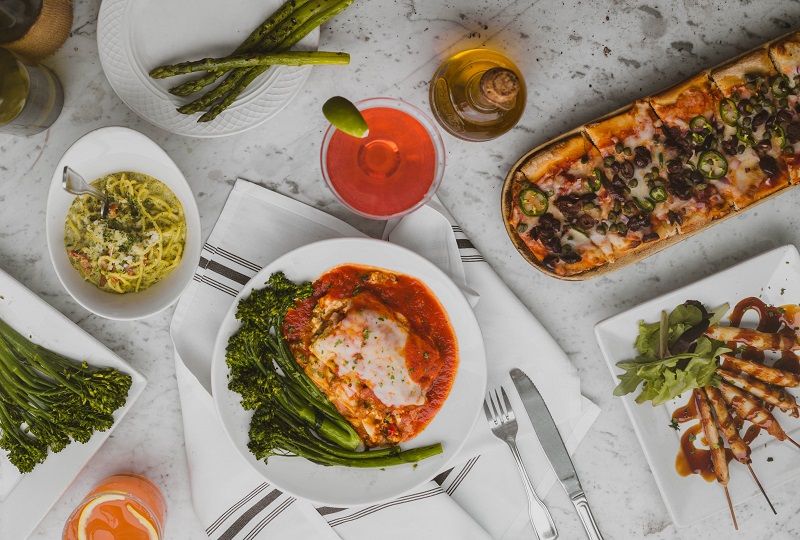
How To Order At Italian Restaurants and Cafés:
Now finally, how to order at Italian restaurants and cafés! Here are several phrases that come in handy:
Vorrei… (“I would like”):
Vorrei, the conditional form of volere, “to want", is one of the main ways of ordering something.
Prendo… (“I would like”):
Prendo (literally, “I take”) is the other common way of ordering food in Italy. It is especially used for ordering drinks, for example, Prendo un caffe, “I’ll have a coffee.”
Posso prendere…? (“Can I have…?”):
Posso prendere is a slightly less idiomatic way of asking for something (for example, Posso prendere il menu?, “Can I have the menu?”).
Quanto costa/costano X? (“How much does X cost?”):
Sometimes you need to know how much something costs, so you ask Quanto costa? or, in the plural, Quanto costano?.
Questo contiene X? ("Does this contain X?"):
Questo contiene X? is a useful phrase if there are certain foods that you are allergic to or dislike (for example, Questo contiene le noci?, "Does this contain nuts?"). On the same note, "I'll have this without X" is Prendo questo senza X.

How Do I learn Italian Food Words?
Learning Italian food words and how to order at Italian restaurants and cafés will really help your Italian language learning process. You can practice your Italian food words and ordering at Italian restaurants by looking through Italian cookbooks, going to Italian restaurants and cafés or just practicing with a friend. However, if you're still wondering how you can possibly remember all these words and phrases, Speechling can help you. The Speechling Phrasebook can help you learn Italian vocab, as can Speechling's Italian Vocabulary Flashcards.
